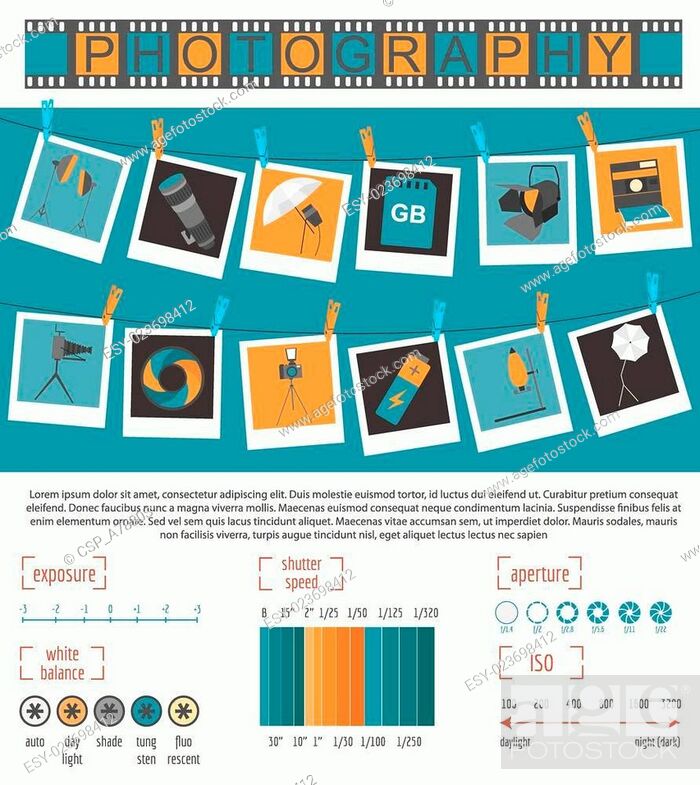What Every Digital Photographer Ought To Learn About Illumination
What Every Digital Photographer Ought To Learn About Illumination
Blog Article
Writer-Beck Brady
As a photographer, you know that lights can make or break your photos. Comprehending the subtleties of both all-natural and fabricated light is important for recording the mood and clearness you aim for in your job. Whether Executive portrait studio going after the ideal gold hour glow or fine-tuning your synthetic arrangements, understanding these aspects can boost your digital photography considerably. But there prevail mistakes that numerous forget, and recognizing them can change your technique to every shoot. Let's explore what you might be missing and just how it can affect your results.
Understanding All-natural Light
Understanding natural light is crucial for any professional photographer seeking to improve their work. read this article 's the structure of great photography, influencing state of mind, tone, and clearness. When you shoot outdoors, focus on the moment of day. The gold hour-- soon after daybreak and before sunset-- provides soft, cozy light that can transform average scenes right into spectacular photos.
Do not ignore the power of overcast days. https://blogfreely.net/alica5derrick/find-out-how-to-select-the-perfect-camera-tailored-to-your-digital diffuses sunlight, creating a soft, also light that's ideal for portraits and macro photography. You'll discover shades pop in this type of lighting without severe darkness.
Positioning issues, as well. Constantly consider your topic's orientation to the light. If the sun's behind your topic, you might wind up with a shape, which can be dramatic but mightn't be what you want. On the other hand, direct sunshine can develop unflattering darkness.
Experiment with angles; in some cases, changing your point of view can generate incredible outcomes. Use natural reflectors, like water or sand, to jump light onto your subject, including dimension.
Mastering Artificial Light
Grasping man-made light is vital for professional photographers who intend to take their abilities to the next degree. Whether you're making use of speedlights, studio strobes, or continuous lights, recognizing how to control these sources can dramatically enhance your images.
Beginning by acquainting on your own with the basics of light top quality, instructions, and shade temperature. Explore different modifiers like softboxes, umbrellas, or grids to manage the gentleness or violence of the light.
You'll find that soft light usually produces lovely outcomes, while harsher light can add dramatization and depth. Don't avoid darkness; they can enhance the three-dimensionality of your subjects.
Pay attention to the positioning of your lights. A light located also close to your subject can develop unflattering results, while too far away can result in a lack of detail. Use a light meter or your cam's pie chart to ensure you're exposing correctly.
Last but not least, bear in mind that fabricated light can be mixed with ambient light for innovative effects. Stabilizing these resources could take practice, once you master it, your digital photography will truly shine.
Methods for Various Circumstances
When you enter various shooting situations, adjusting your illumination techniques is important for recording the very best photos. For outdoor pictures, use the gold hour-- early morning or late afternoon light-- to soften shadows and boost skin tones.
If it's an extreme lunchtime sun, think about utilizing a reflector to bounce light back onto your subject or seek shaded areas for a much more also direct exposure.
In low-light scenarios, like interior events, increase your ISO and make use of a broad aperture to let in more light. A tripod can aid eliminate video camera shake, permitting longer exposures without blurring.
If you're shooting at evening, experiment with off-camera flash to create vibrant illumination and depth in your photos.
For item digital photography, use diffused lights to prevent extreme reflections. Softboxes or light tents can assist attain this result.
When photographing landscapes, think about the direction of light and time of day, as it can drastically transform the mood of your shot.
Always be ready to readjust your setups and positioning based on the scenario, as flexibility is vital to grasping lights in digital photography.
Verdict
In conclusion, understanding lighting is vital to boosting your digital photography skills. Embrace all-natural light's charm throughout golden hour, and do not shy away from explore fabricated light methods. By adapting your technique to various scenarios, you'll capture spectacular images that resonate with emotion and quality. https://zenwriting.net/russel30luann/reveal-the-crucial-digital-photography-equipment-that-will-start-your in mind, the right illumination can transform a common shot into something amazing, so maintain exercising and improving your understanding of both all-natural and man-made light. Pleased capturing!
